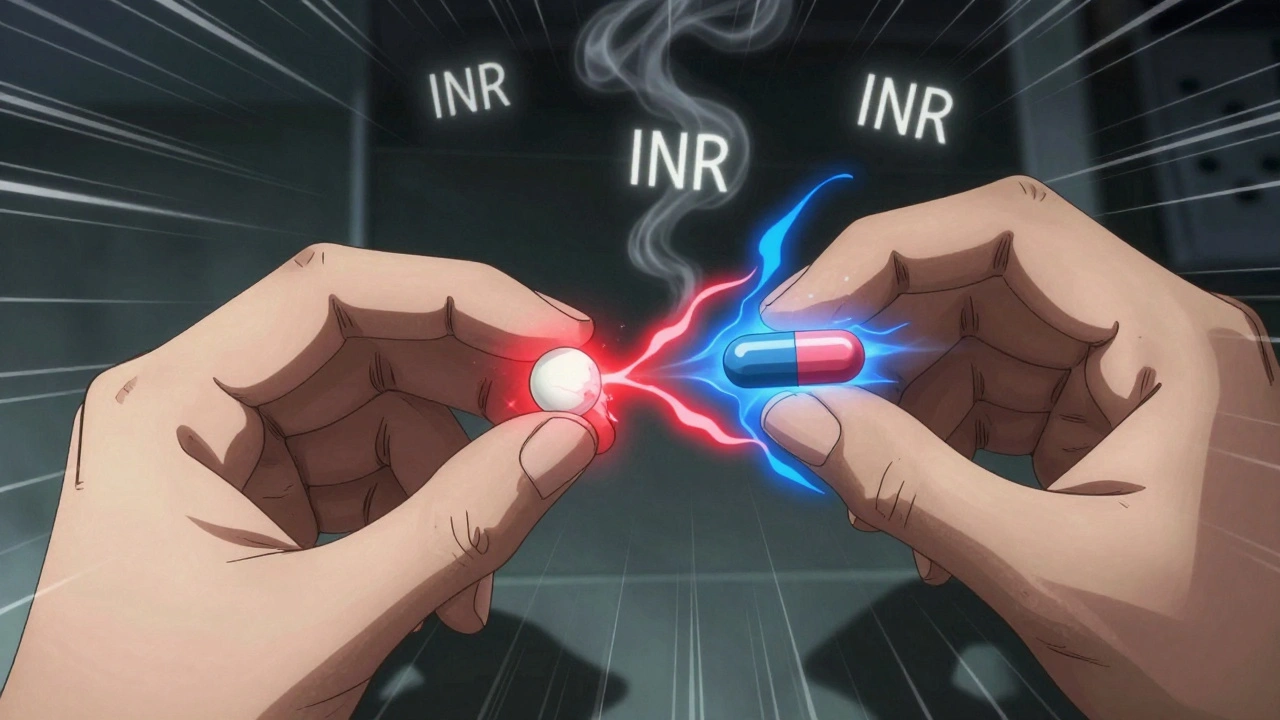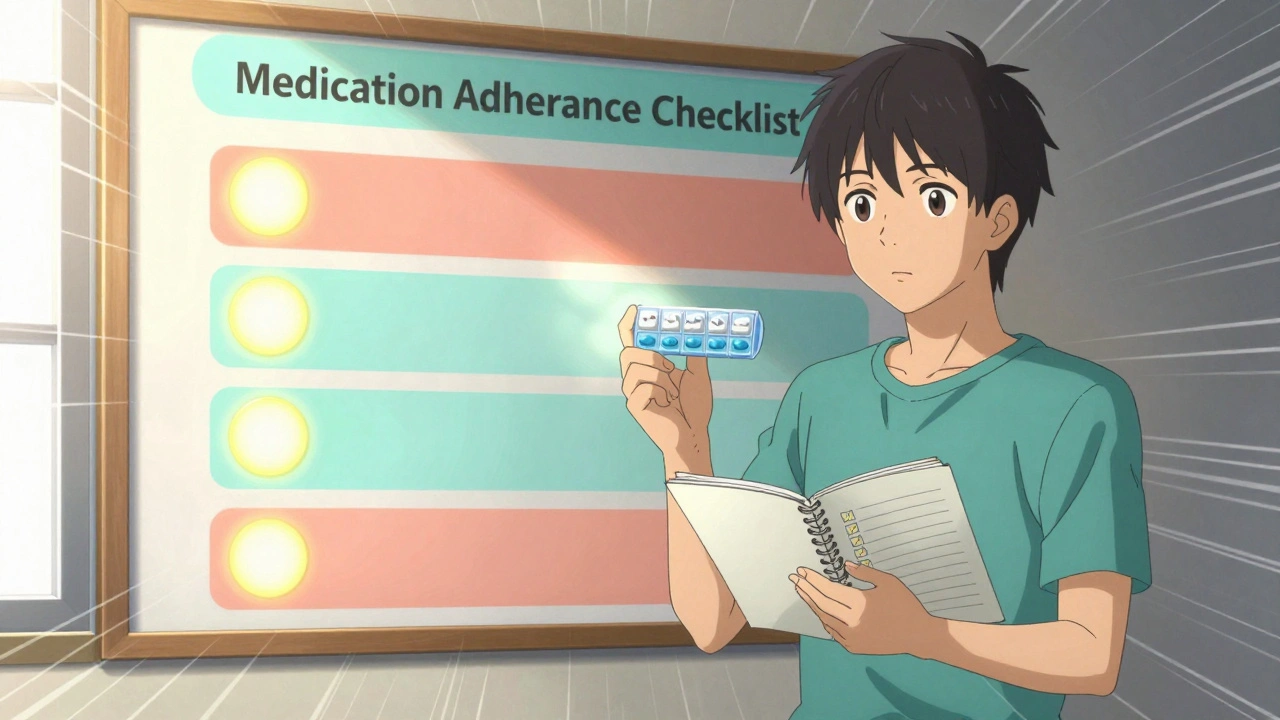Antabuse Comparison: Understanding Disulfiram and Its Alternatives
When looking at Antabuse, the brand name for disulfiram, a drug that makes drinking alcohol feel bad. Also known as Disulfiram, it belongs to the alcohol deterrent drugs family. Close peers include Naltrexone, which blocks alcohol’s rewarding effects, and Acamprosate, which helps calm brain chemistry after sobriety. Antabuse comparison helps you see where disulfiram fits alongside these options.
Comparing these meds means looking at three key attributes: how well they reduce drinking, the side‑effect profile, and the cost for everyday use. Disulfiram creates a vivid physical reaction if alcohol is consumed, so it works best for people who can stay away from drinks most of the time. Naltrexone, on the other hand, reduces cravings without causing unpleasant reactions, making it a good choice for those who need more flexibility. Acamprosate supports brain recovery after a period of abstinence, but it requires consistent dosing and can cause mild GI upset. Understanding these differences lets patients and clinicians match a medication to a lifestyle, treatment goal, and budget.
Below you’ll find a curated collection of articles that break down the Antabuse comparison in detail, from dosing guides and safety tips to broader drug‑comparison insights. Dive in to see how each option stacks up and find practical advice for choosing the right path on the road to recovery.
Disulfiram (Antabuse) vs Alternatives: A Detailed Comparison
A side‑by‑side look at Disulfiram (Antabuse) versus naltrexone, acamprosate, topiramate and other options, with benefits, risks, dosing and choosing the right medication.






